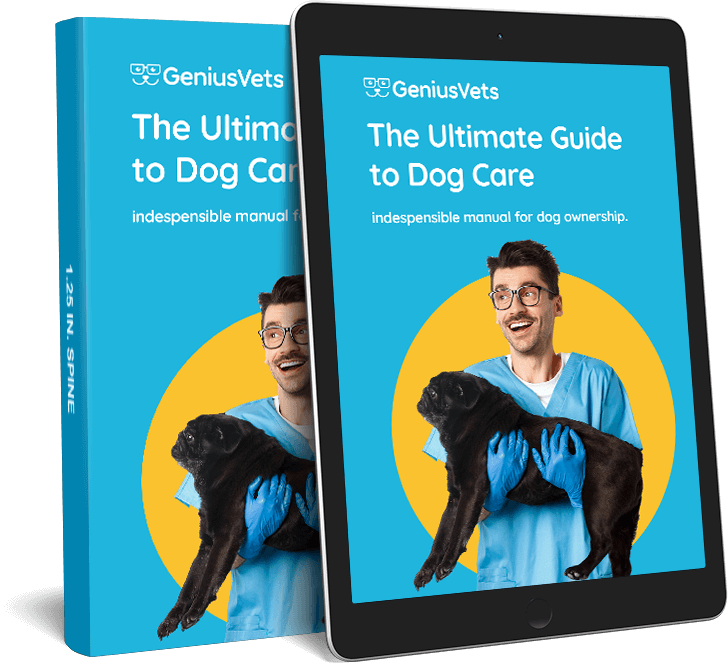As pet parents, understanding the intricate dance of factors that lead to a parvovirus infection can empower us to better protect our furry companions. Our team sheds light on the intriguing interplay of host vitality, virus virulence, and environmental conditions that underlie this viral saga.
The Nexus of Infection: Unraveling the Factors
The trifecta of host vitality, virus virulence, and environmental factors holds the key to parvovirus infection. Let's delve into this intricate web where these elements intersect and influence the fate of our beloved pets.
Host Vitality: The Immune Equation
The immunity of your pup, including its immune experience and vaccination history, is a vital determinant. As parvovirus has pervaded the landscape since the 1970s, most dogs, whether vaccinated or not, have encountered it to some extent. The immune system's response generates antibodies that lend protection. Infections in dogs above one year are rare due to this acquired immunity, though ongoing vaccinations are crucial.
Virus Virulence: The Battle Within
The virulence of the virus strain and the viral load your pup is exposed to play a pivotal role. The virus's formidable resistance and massive shedding by infected dogs make it omnipresent – in carpets, floors, yards, and parks. A mere speck of contaminated stool can initiate infection. Some dogs carry the virus without obvious symptoms, potentially becoming unwitting carriers, spreading the virus far and wide.
Environmental Factors: A Complex Landscape
Environmental stresses and concurrent conditions interlace with the infection equation. A stressful environment can dampen host vitality, while factors like humidity and temperature can affect viral particle viability. The virus's resilience allows it to accompany dirt wherever it goes, requiring minimal viral presence to infect a susceptible dog.
The Vulnerability of Puppies: Unraveling the Why
The puzzle of why puppies are more susceptible begins to take shape. Their immature immune systems lack the armor of antibodies. Here's where nature steps in – mother dogs provide life-saving colostrum for the first few days after birth, endowing their offspring with maternal immunity. However, this safeguard wanes within four months, creating a window of vulnerability.
The Tug-of-War Within: The Course of Infection
Once the virus enters, a 3-7 day incubation period follows, concealing the impending storm. The virus seeks rapidly dividing cells, homing in on lymph nodes, then releasing into the bloodstream. Within days, it homes in on bone marrow and delicate intestinal cells, causing a drop in white blood cell count.
The gastrointestinal (GI) tract bears the brunt of the assault. Villi, tiny finger-like projections, enhance nutrient absorption. Parvovirus targets these vulnerable crypts, blunting villi and triggering diarrhea, vomiting, and bacterial invasion. Fatality can result from extreme fluid loss, dehydration, and bacterial toxins.
The Survivor's Tale: Triumphing Over the Odds
Even in the face of parvovirus, the immune system is not vanquished. Antibodies, produced over time, can bind and neutralize the virus. Survival hinges on a race between the immune system's fight to recover and the challenges posed by fluid loss and bacterial invasion.
Hospitalization, intensive support, and IV fluids amplify the odds of survival. While not a guarantee, these interventions can tip the scales in favor of the brave souls battling this viral adversary.
As we decode the intricate tapestry of parvovirus infection, a clearer picture emerges – vigilance, vaccination, and timely care are our tools in safeguarding our furry companions against this relentless foe. Knowledge is our ally, guiding us to navigate the labyrinth of factors that shape the destiny of our beloved pets.
Don't have a vet in your area yet? We can help you find a local veterinarian.
If you have more questions, the GeniusVets Telehealth platform will give you unlimited access to text and/or video calls with board-certified veterinarians! To learn more click here.


